From Noah’s farm to the Last Supper and the ancient Greek symposiums, grape has been regarded as the gift of life, a life blossoming in the Greek lands in abundance since antiquity. With more than 300 indigenous grape varieties grown in the country, Greece is par excellence a country of long winemaking tradition.
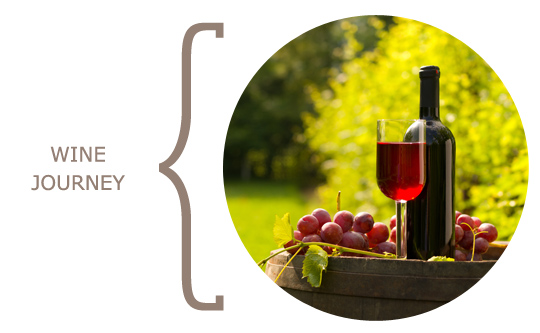
Cycladia is taking you on a grand journey through the vineyards of Greece following the trail from the fruit to the wine.
Stage One: The Growing Process
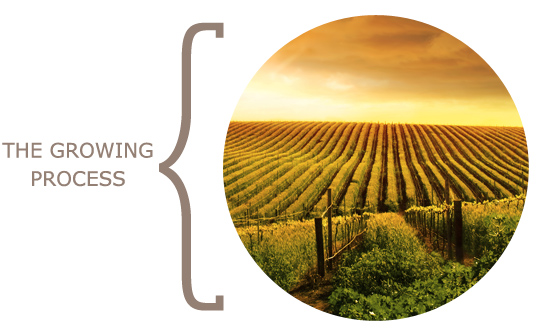
First of all the proper growing site needs to be selected, a place with good drainage, plentiful sunlight and not very nutrient soil. Then the vines must be sited facing the sun, to soak up as much sunshine as possible for the process of photosynthesis, filling the grapes with sugars that will eventually turn to alcohol after fermentation.
Stage Two: Picking the Variety
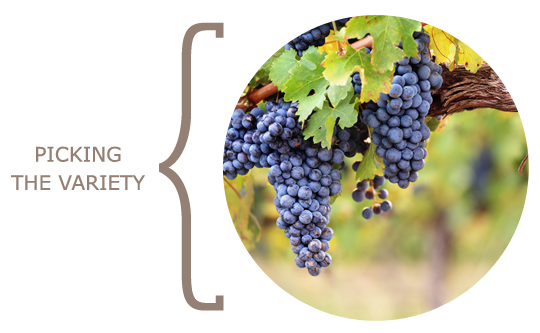
It is important to pick the right variety for the region, one that suits the local weather conditions and it is ideal for the production of wine instead of table grapes.
Stage Three: Harvesting
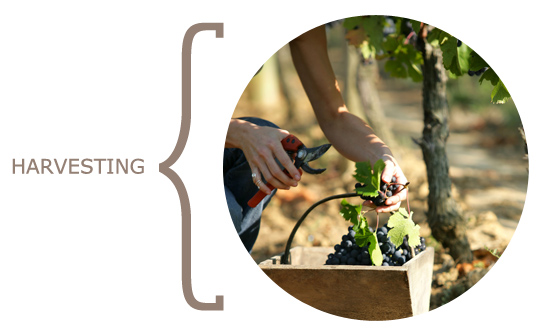
The harvesting process begins when the sugar content of the grape rises to its highest level while its acidity drops.
Stage Four: Grape crushing
This is when the grape is being pressed or squashed. If you have chosen a red grape variety you also need to proceed to de-stemming, removing the stems of the grapes so as to reduce the level of tannin.
Stage Five: Barrelling and sulphating
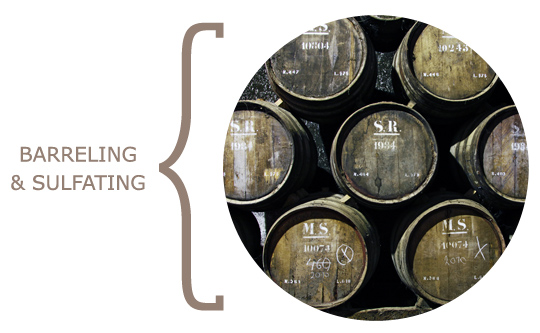
The grape paste that resulted from the grape crushing is poured into the fermentation vats, covering almost 3/4 of the vast and then sulphur dioxide is added to the must so as to avoid any bacteria generation.
Stage Six: Fermentation
During fermentation, some natural yeast is added into the must and after some time the grape sugars are transformed into ethyl alcohol while releasing carbon dioxide. There are two faces of fermentation, during the second one the malic acid is transformed to lactic acid and carbon dioxide by bacteria.
Stage Seven: Devatting
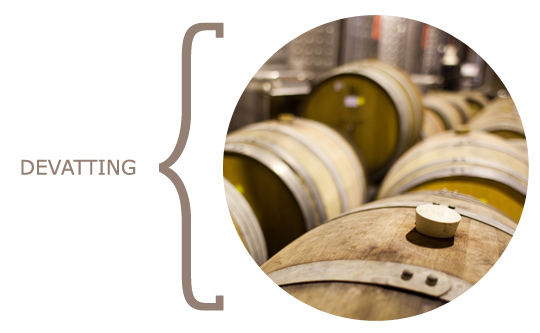
The malolactic fermentation takes place during devatting, when the actual wine is separated from its remains and transferred into a different barrel.
Stage Eight: Pressing
During this phase the pomace is pressed to extract the rest of the wine saturated in it and then mixed with the wine stored in the barrel.
Stage Nine: Transfer/ Fining
The wine needs to be transferred several times before it is ready for use, to other barrels and containers so as to be released from the impurities it contains.
Stage Ten: Ageing and maturing
Wines of 11.5ο alcohol, a fixed acidity level and high tannin are advised to follow the ageing and maturing process so as to develop their best characteristics and release a new bouquet of attributes.
Stage Eleven: Bottling
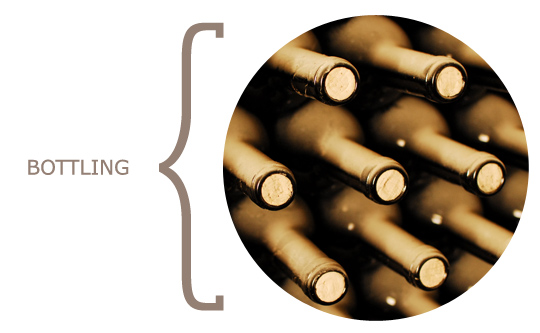
Wine should be placed in glass bottles and in a wine cellar or in a place that remains cool at all times (between 12 and 20ο C).
From Santorini to Crete and Kefalonia, to Epirus, Thessalia and the Peloponnese the vineyards of Greece are coming to life.
Get to know our grapes and experience the essence of wine making on your next visit to Greece. You pick the place!

